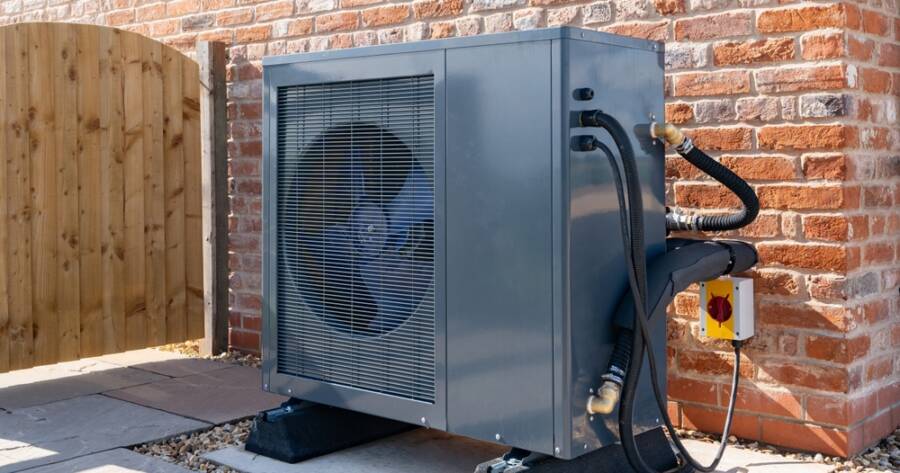The 2024 heat pump tax credit offers homeowners a great opportunity to upgrade their heating and cooling systems while saving money. With energy-efficient heat pumps reducing utility bills and offering long-term benefits, now is the perfect time to take advantage!
Understanding the Heat Pump Tax Credit for 2024
The 2024 heat pump tax credit, part of the Inflation Reduction Act (IRA), offers significant savings to homeowners upgrading to energy-efficient heat pumps. This tax credit allows you to claim 30% of the total cost of a heat pump installation, up to $2,000.
The tax credit applies to the equipment and installation costs, making heat pumps more affordable and encouraging energy-efficient home upgrades. The credit can be claimed for improvements made to your primary residence in the U.S. and applies through the year 2032, offering an excellent opportunity to reduce both your energy bills and tax liability.
Benefits of Installing a Heat Pump
Upgrading to a heat pump can deliver both financial and environmental benefits. Heat pumps are highly energy-efficient, moving rather than generating heat, which makes them up to five times more efficient than traditional fossil-fuel systems.
Homeowners can see reduced energy bills, especially during the winter months on heating. Additionally, heat pumps significantly lower your carbon footprint, with some studies showing up to a 93% reduction in emissions compared to gas furnaces. Besides the environmental and financial perks, heat pumps also offer consistent and quiet temperature control, providing year-round comfort.
How to Qualify for the Heat Pump Tax Credit
To take advantage of the heat pump tax credit, your system must meet specific energy efficiency standards. For instance, your heat pump must be ENERGY STAR certified, with additional criteria depending on your location. Homeowners in northern climates need ducted heat pumps that qualify as “ENERGY STAR Cold Climate,” while those in southern regions can opt for standard ENERGY STAR ducted or ductless systems.
The heat pump must be installed in an existing primary residence to qualify, as new constructions are not eligible. It’s important to consult with a professional to ensure your system meets the necessary requirements for the credit.
Other Financial Incentives to Stack with the Heat Pump Tax Credit
In addition to the federal tax credit, several states and local utilities offer rebates and incentives for heat pump installations. Depending on where you live, these incentives can provide further savings.
For example, in some areas, homeowners may receive up to $10,000 in rebates from state and city programs when installing a heat pump as the primary heating and cooling source. These state-administered rebates can also be stacked with the IRA tax credit, amplifying your savings. It’s essential to explore both federal and local incentives to maximize the financial benefits of upgrading to a heat pump in 2024.
Learn More About the Heat Pump Tax Credit
The 2024 heat pump tax credit presents a valuable opportunity for homeowners to upgrade to energy-efficient systems while saving on installation costs. With the potential to claim up to 30% of your project’s cost, this credit can make installing a heat pump more affordable while reducing your energy bills and carbon footprint.
Combined with additional state and local incentives, the financial benefits are significant. By understanding the eligibility requirements and taking advantage of the available savings, you can improve your home’s energy efficiency and enjoy long-term comfort and cost savings.
